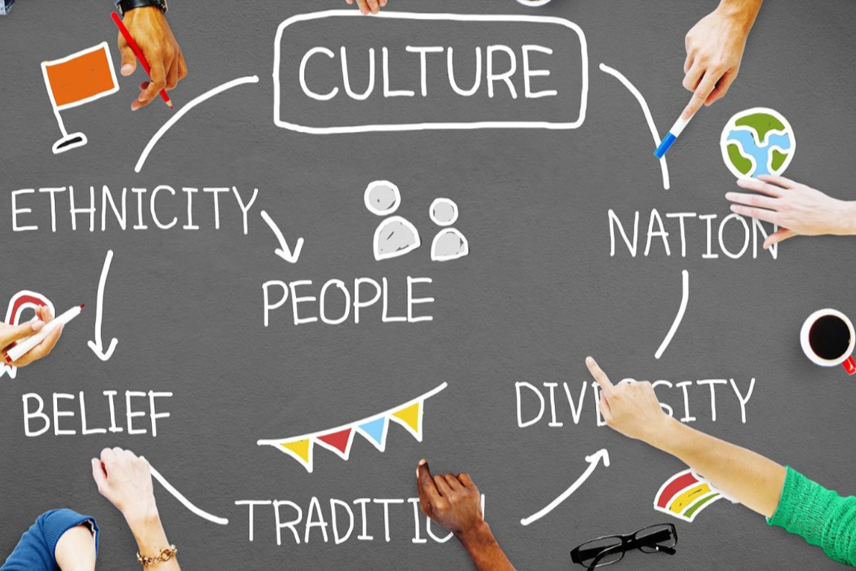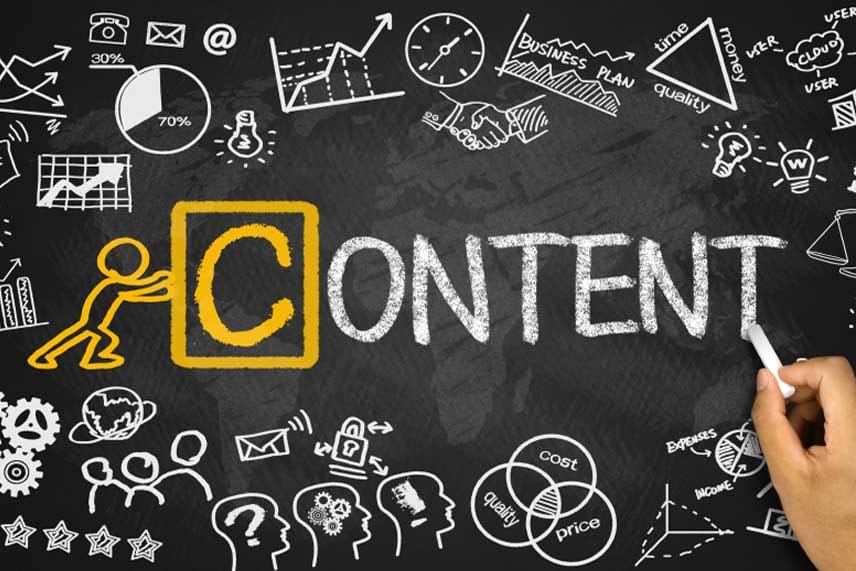- Address : P9FG+V4R, Shimutala, Matigara, Baniakhari
- /
- Email : splogos2022@gmail.com
- Home
- -Blogs Details
Blogs Details

- Aug 07,2023
- Admin
The ultimate guide to email marketing in 2023
The ultimate guide to email marketing in 2023 centers on building meaningful connections with your audience through targeted, personalized, and value-driven communication. Email remained one of the most cost-effective and high-performing digital marketing tools throughout the year, thanks to its ability to reach people directly and deliver measurable results.
Successful email marketing in 2023 began with strong list-building practices. Brands focused on collecting permission-based email addresses through website sign-ups, gated content, special offers, and lead magnets, ensuring their lists were filled with genuinely interested subscribers. Once built, segmentation played a crucial role—marketers divided their audiences based on behavior, interests, demographics, or purchase history to send more relevant and engaging messages.
Personalization went beyond using first names. Dynamic content, tailored product recommendations, and personalized subject lines helped boost open and click-through rates. The design of emails remained mobile-first, clean, and visually engaging, with clear calls to action and scannable layouts that respected the reader’s time.
Automation also became a key component. Brands used automated workflows for welcome series, abandoned cart reminders, re-engagement campaigns, and post-purchase follow-ups, delivering timely content that matched each stage of the customer journey. A/B testing allowed marketers to refine their strategies, from subject lines to send times, and performance metrics such as open rate, click-through rate, and conversion rate provided insights for continuous improvement.
Additionally, privacy and deliverability became more important than ever. With changes in email privacy laws and updates like Apple Mail Privacy Protection, marketers had to adapt by focusing on first-party data, engagement-based metrics, and cleaner subscriber management.
Overall, email marketing in 2023 thrived when it was human, helpful, and aligned with user expectations—offering content that felt less like a broadcast and more like a conversation.
Ask ChatGPT




